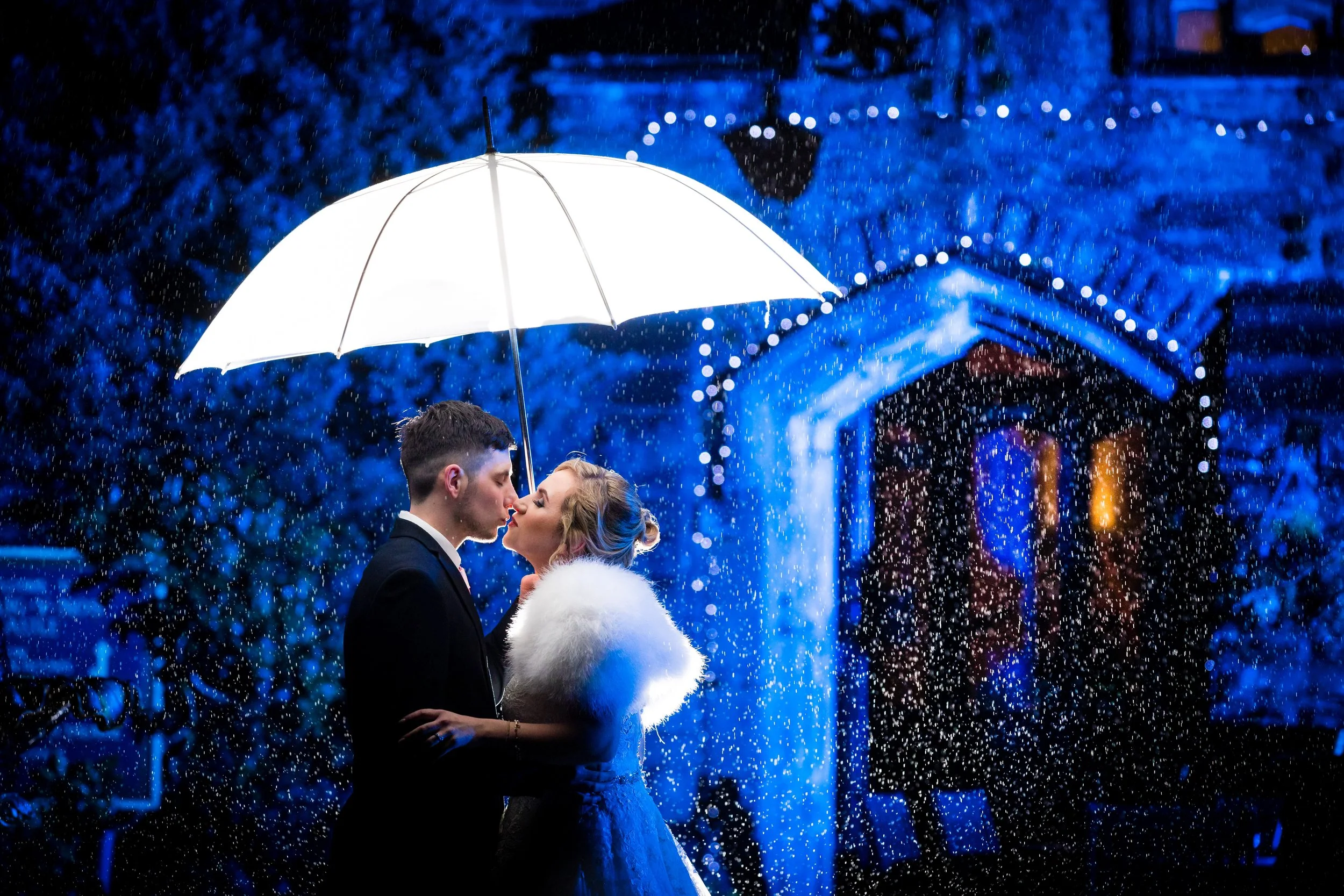Flash Exposure Triangle Practice
The aperture and shutter speed are two important settings on a camera that control the amount of light that enters the camera and the amount of time that the light is allowed to enter. When you're using a flash, these settings can be used to control the balance between the light from the flash and the ambient light in a scene.
Aperture refers to the size of the opening in the lens that allows light to pass through to the camera's sensor. Aperture is measured in "f-stops," with larger numbers indicating a smaller aperture and smaller numbers indicating a larger aperture. Aperture can affect the depth of field in a photo, with a larger aperture (smaller f-stop number) creating a shallow depth of field and a smaller aperture (larger f-stop number) creating a deeper depth of field. When using a flash, a larger aperture can be used to isolate your subject from the background and create a more dramatic image.
Shutter speed, on the other hand, refers to the amount of time that the camera's sensor is exposed to light. Shutter speed is measured in fractions of a second, such as 1/250th or 1/1000th of a second. A faster shutter speed can be used to freeze motion, while a slower shutter speed can be used to create a sense of motion in a photo. When using a flash, a faster shutter speed can be used to freeze the motion of a moving subject, while a slower shutter speed can be used to allow the ambient light to be captured in the image and balance the light from the flash.
When using a flash, it's important to consider the relationship between aperture, shutter speed, and ISO. These three settings are known as the "exposure triangle," and adjusting one setting will affect the others. For example, if you want to use a wider aperture to isolate your subject, you'll need to use a faster shutter speed or lower ISO to maintain the correct exposure.
It's also important to consider the guide number of your flash when determining the correct aperture and shutter speed. Guide number (GN) is a measure of the power of a flash and is used to calculate the aperture that should be used for a specific distance to the subject. A flash with a higher guide number will allow you to use a wider aperture or slower shutter speed than a flash with a lower guide number.
It's good to practice with different settings and setup and see how they affect the final image, is there something else I can help you with?


